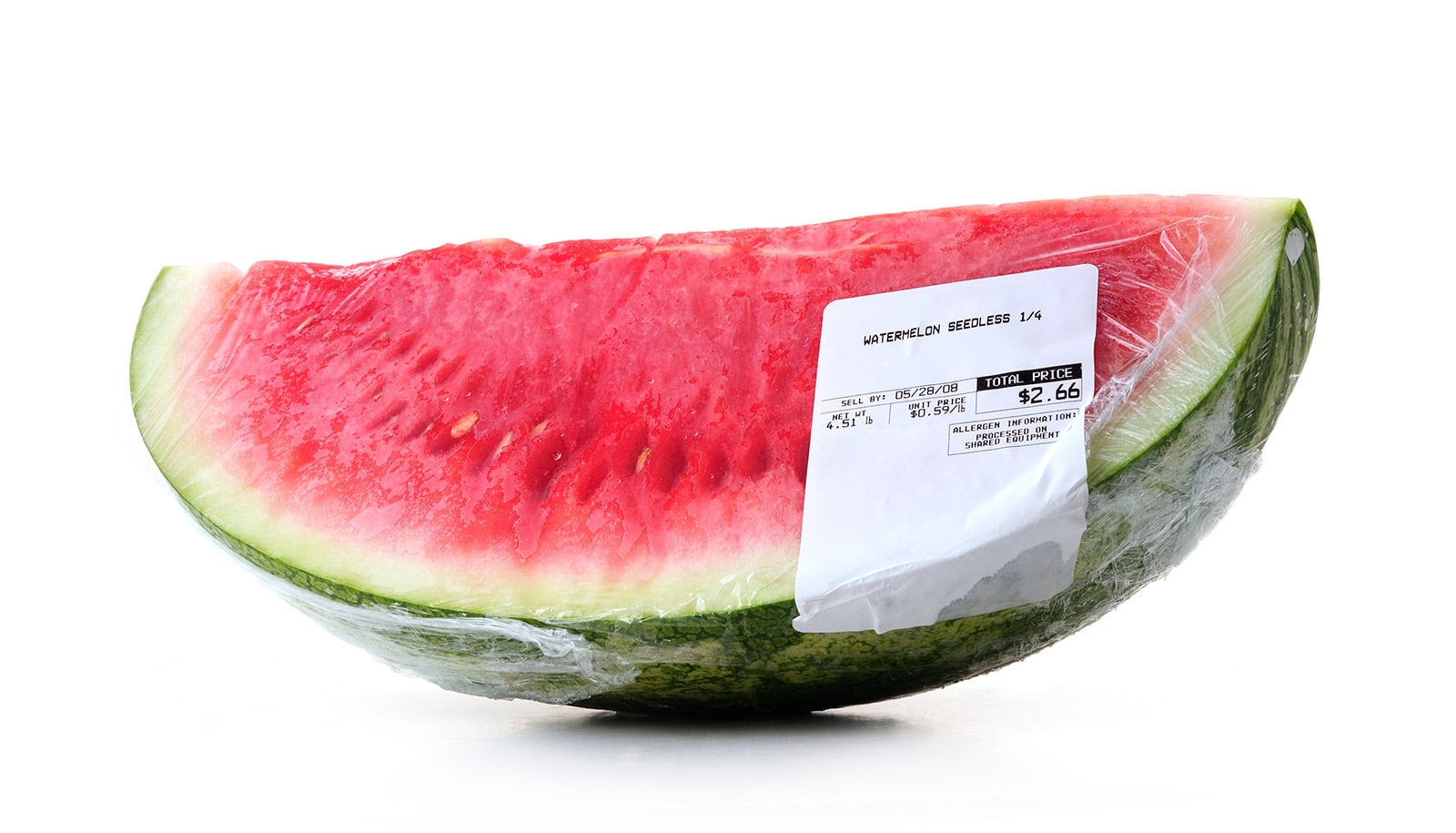Bisphenol S (BPS), a hormone disrupting chemical, migrates from labels on packaging materials into food, a new study from Canada finds.
Steps were taken in Canada to reduce the use of Bisphenol A (BPA), a toxic chemical linked to prostate and breast cancer, commonly found in plastics, the lining of food cans, water bottles, and paper receipts. But in many cases, it has been replaced with similar hormone disrupting chemicals, like Bisphenol S (BPS).
“BPA is a chemical that can interfere with hormones in the human body and cause adverse health outcomes, including cancers, diabetes, and damage to fertility and the development of infants. Now there is growing evidence that BPS may have similar health effects,” says Stéphane Bayen, an associate professor in the food science and agricultural chemistry department at McGill University.
“Our study provides evidence, for the first time, that BPS and alternative chemicals found in food labels migrate through packaging materials into the food people eat,” he explains.
The researchers examined an assortment of packaged fresh food sold in Canada such as meats, cheeses, vegetables, and bakery products. They also compared fish bought from stores in Canada and the United States, and the differences between food wrapped with plastic cling wrap films with or without food labels.
They found relatively high concentrations of BPS in thermal food labels, like price tags and stickers, where heat is used to print bar codes or unit prices. In contrast, they found little to no BPS in plastic wrapper films, pads, and trays.
While Canada does not currently regulate BPS, the researchers show that the amount of BPS found in the foods studied significantly exceeded the European Union limit, which regulates the permitted amount of substances released from packaging materials in contact with food.
“Considering the number of packaged food items sold with thermal labels, the actual dietary intake of BPS and other chemicals is likely to be high,” says Bayen.
The study, published in Environmental Science & Technology, suggests a more thorough risk assessment of BPS and its ability to migrate into food from packaging is needed to help develop regulatory guidelines in the food sector.
The study received support from a Canadian Institutes of Health Research (CIHR) Institute of Population and Public Health Team grant and McGill University.
Source: McGill University


